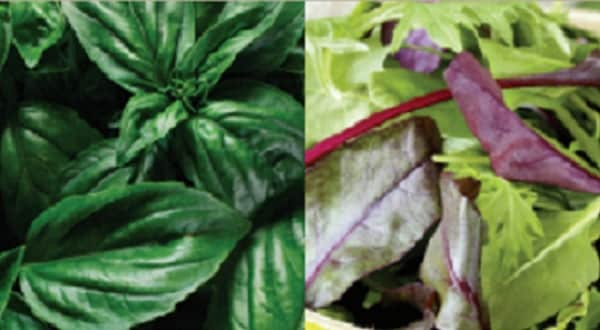Key points
- No one fully knows how Cyclospora gets into food and water.
- People can prevent cyclosporiasis by not consuming food or water that may be contaminated with feces.
- People can follow safe food handling practices to avoid contamination.

Overview
Based on currently available information, the best way to prevent cyclosporiasis is to avoid food or water that may be contaminated with feces (poop). If you are traveling to cyclosporiasis-endemic (regularly occurring within an area or region) areas (such as tropical and subtropical regions), it's important to know that routine chemical disinfection or sanitization of food or water is unlikely to kill Cyclospora.
Prevention tips
People can take the following food and vegetable handling recommendations to prevent cyclosporiasis:
Wash
- Wash hands with soap and water before and after handling or preparing raw fruits and vegetables.
Prepare
- Wash all fruits and vegetables thoroughly under running water before eating, cutting, or cooking.
- Fruits and vegetables that are labeled "prewashed" do not need to be washed again at home.
- Scrub firm fruits and vegetables, such as melons and cucumbers, with a clean produce brush.
- Cut away any damaged or bruised areas on fruits and vegetables before preparing and eating.
Store
- Refrigerate cut, peeled, or cooked fruits and vegetables as soon as possible (within two hours).
What CDC is doing
CDC monitors cyclosporiasis occurrences in the US and helps state health departments identify and investigate outbreaks to prevent additional cases.
Resources
The U.S. Food and Drug Administration's (FDA) Center for Food Safety and Applied Nutrition (CFSAN) published detailed food safety recommendations for growers and suppliers. The guide describes good agricultural practices (GAPs) and good manufacturing practices (GMPs) for fresh fruits and vegetables.
